This is the largest phylum in Kingdom Animalia. Majority of the members are insects. Over two-thirds of all named species on earth are arthropods. The name is derived from the presence of jointed appendages (arthros-joint, poda-appendages) on the body.
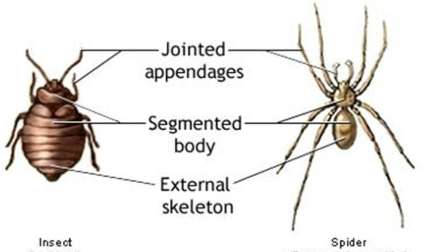
Habitat: They are found in a wide variety of habitats.
Examples:
- Economically important insects: Apis (Honey bee), Bombyx (Silkworm), Laccifer (Lac insect)
- Vectors: Anopheles, Culex and Aedes (Mosquitoes)
- Gregarious pest: Locusta (Locust)
- Living fossil: Limulus (King crab).
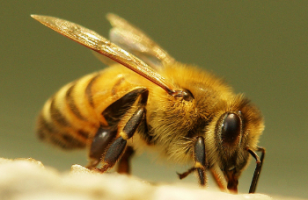
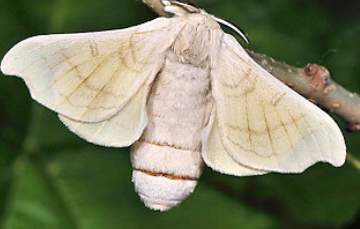
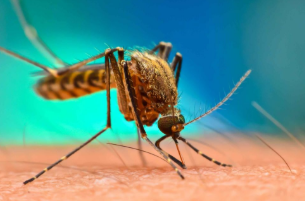
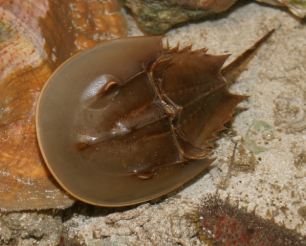
Apis Bombyx Mosquito Limulus
Body plan: They have organ-system level of organization and a tube-within-tube body plan.
Symmetry: They are bilaterally symmetrical and metamerically segmented.
Germ layer: Arthropods are triploblastic, segmented and coelomate animals. But the coelom is highly reduced. The blastocoels remains as a fluid (haemolymph) filled cavity called haemocoel.
Body characteristics:
- The body is divided into head, thorax and abdomen.
- A thick cuticle made of chitin forms an exoskeleton around the body.
- The body bears lateral, paired and jointed appendages.
- Mouth parts are adapted for various kinds of nutrition: sucking, piercing, cutting etc.
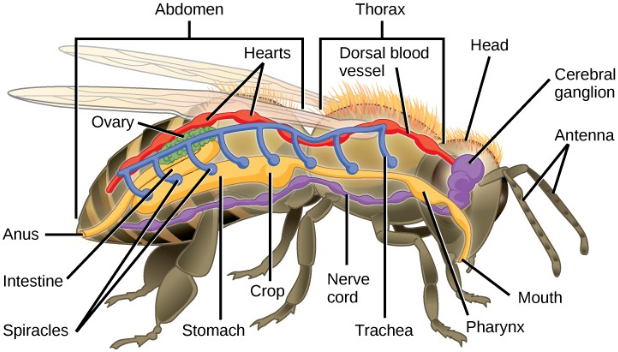
Physiology:
- Respiratory organs are gills, book gills, book lungs or tracheal system.
- Circulatory system is of open type.
- Sensory organs like antennae, eyes (compound and simple), statocysts or balancing organs are present.
- Excretion takes place through malpighian tubules or green glands.
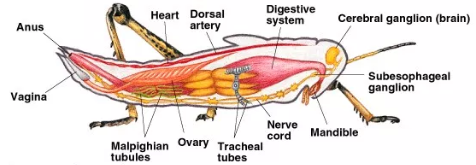
Reproduction: They are mostly dioecious.
Embryo Development: Fertilisation is usually internal. They are mostly oviparous. Development may be direct or indirect.